What’s Old is New
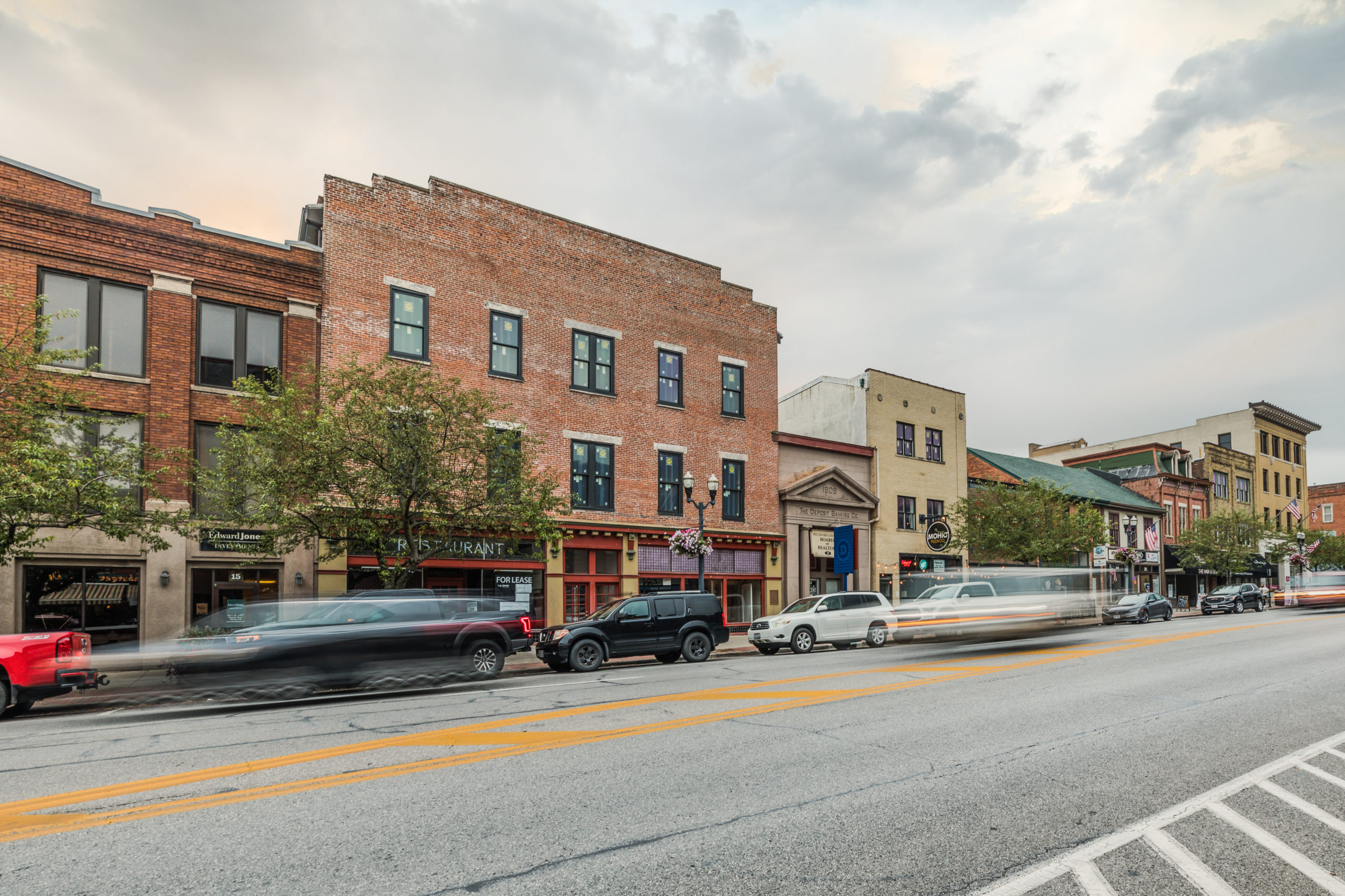
July 9, 2021
In the spring of 2020, the world changed. Working people everywhere either stopped working or started working remotely. Talk of flattening the curve made many believe this would be temporary and things would be back to normal in May. We all know that was nowhere close to true and what was thought to be temporary has been going on for over a year. Necessity is the mother of all inventions, and businesses everywhere had to adapt. They soon realized that many of the things that they took for granted or assumed had to be a certain way could, and maybe should, change. Many businesses planned to keep many of their employees partially or completely remote. Many people can now work anywhere.
This paradigm shift could be the thing to undo the longstanding effects of car culture and the decentralization of urban cores in the United States. Recent years have seen a shifted desire to living, working, and playing in walkable downtown cores, particularly those with historic downtown cores, including restoration, adaptive re-use, and a mix of functions, is essential. Following, you will find some unique approaches to re-purposing historic structures in a way that celebrates their heritage and breathes new life into the communities they reside in. Interestingly, in several cases, the new use is a uniquely updated version of the original historic use that was lost due to the proliferation of car-centric development and loss of investment in our urban cores.
Yankee On High, Columbus, OH
How more mixed use can you get? Fun, funky uses for a building with a fun, funky history.
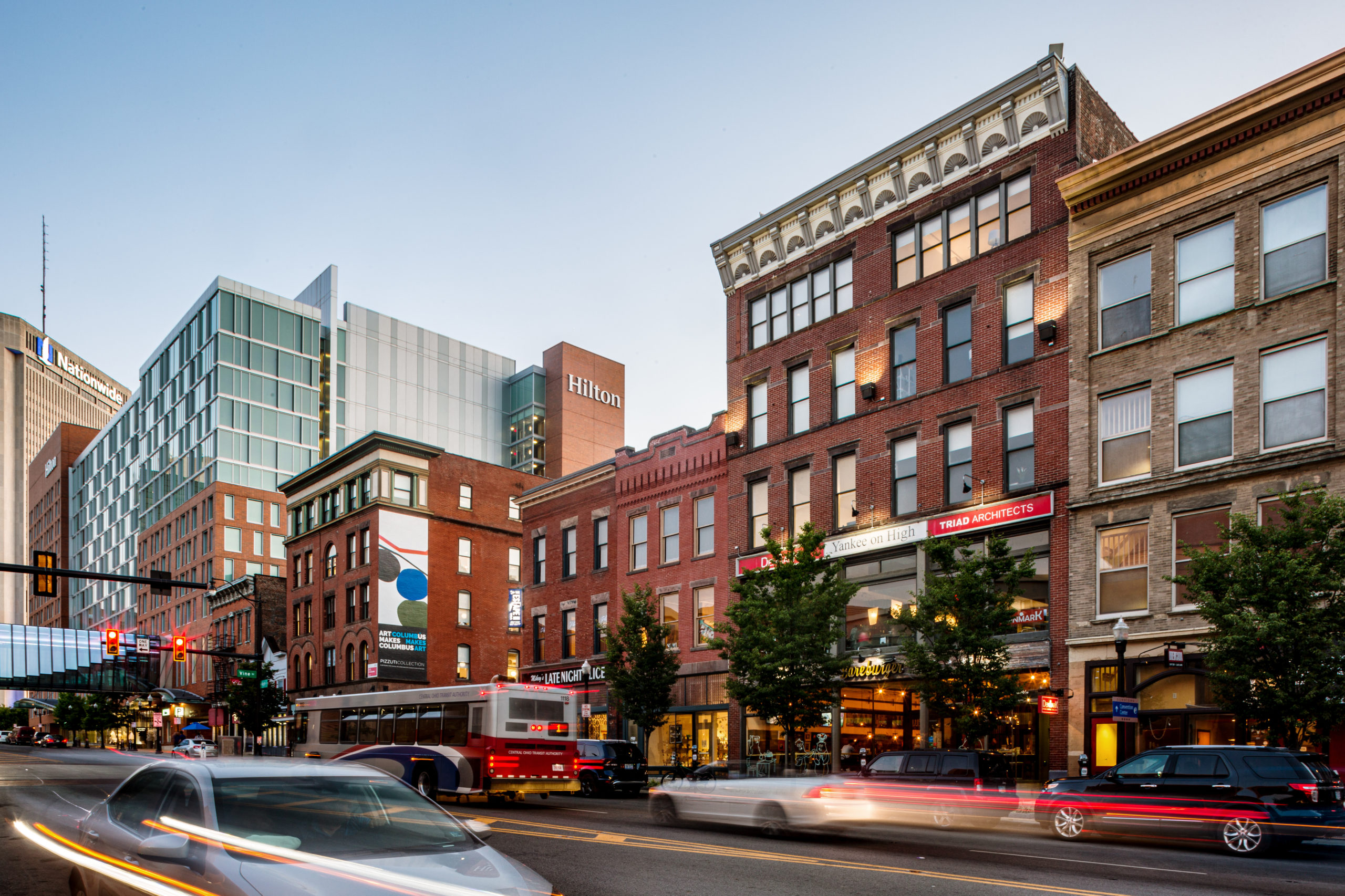
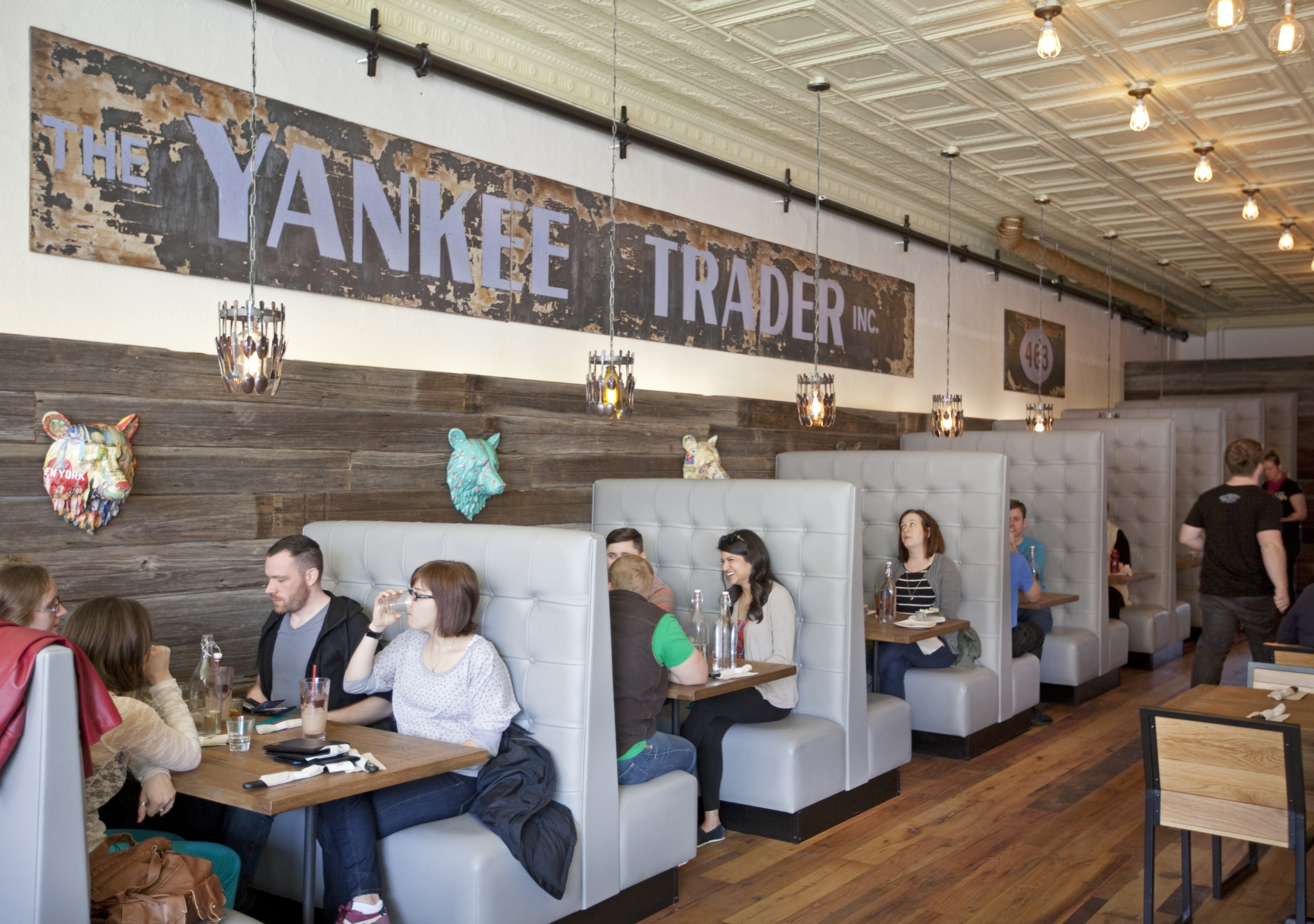
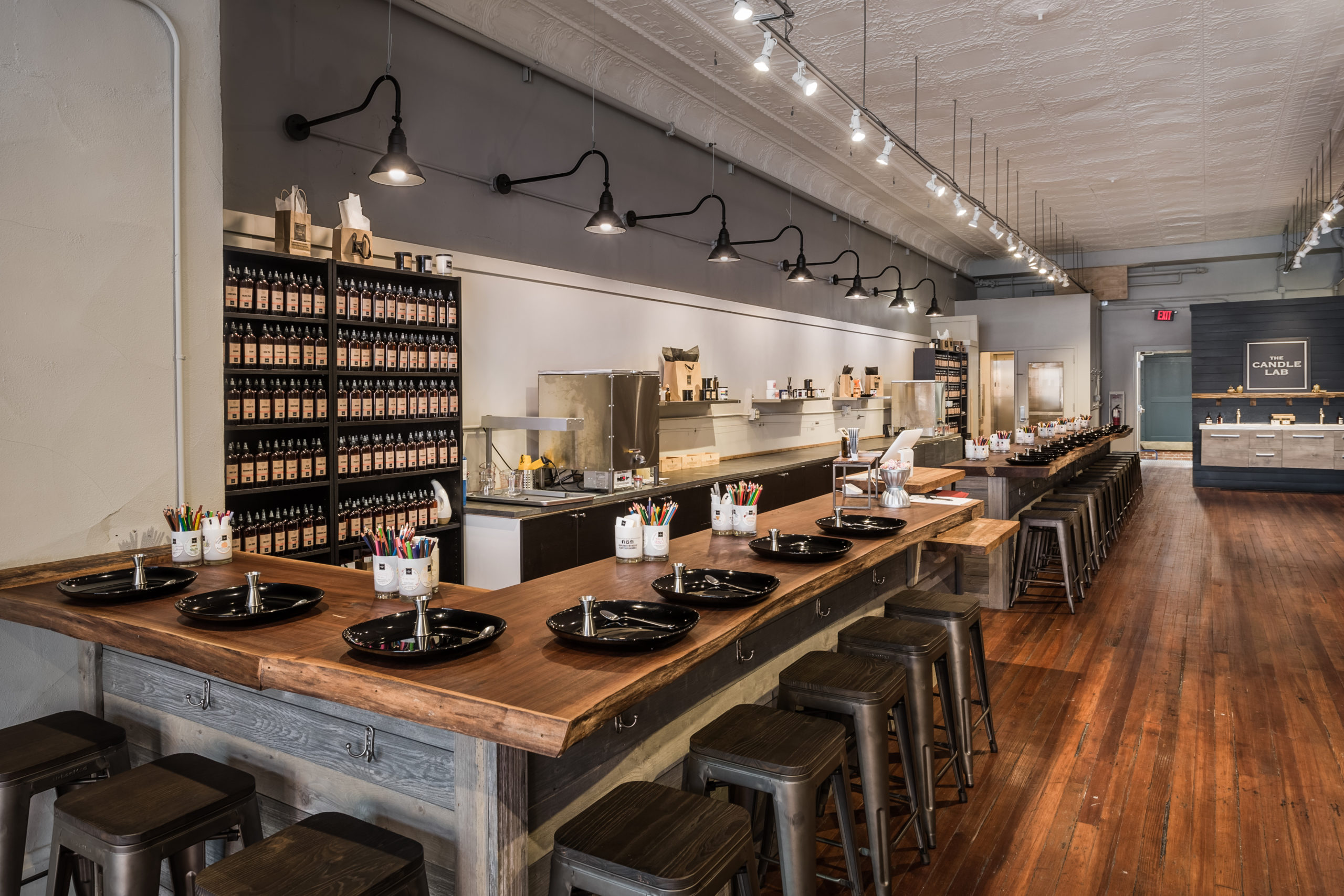
Located across the street from the Columbus Convention Center and in the heart of the North Market Historic District, this 3-building complex started off as the Parish Furniture and Rug Store. However, it got its fame in the 1960s as the Yankee Trader novelty store. Yankee Trader was a Columbus staple for all things unique and silly. From whoopee cushions to Halloween costumes, to parade float pomps, if you couldn’t find it anywhere else, you could find it at Yankee Trader.
Located in a vibrant neighborhood, with a mix of residents, visitors, and need for things to do, the programming of the project resulted in a unique and intense mix of uses that call back to the history of the building. The uses include a funky pizza shop with a basement speakeasy where you have to walk through a cooler to enter, a candle shop where you can make your own candles, an escape room business, a burger shop focused on burgers from a-typical animals, offices, and 11 apartments. The history of the building as Yankee Trader was memorialized in the name of the development, Yankee on High, and the historic sign was saved and used in the interior design.
Eavey Exchange, Xenia, OH
Connection through re-imagined regional transportation.
This site in the heart of Xenia was a historic grocery store house located at the hub of rail traffic in the region. The rail lines have been converted to bike trails and the building is now located at the hub for the nation’s largest paved biked trail network. The owners of the building are in the preliminary phases of finding a use that celebrates the history and heritage of the building while supporting the local community the way the conversion of the railways to bike trails has.
Idea Foundry, Columbus, OH
From factory to the world’s largest makerspace.
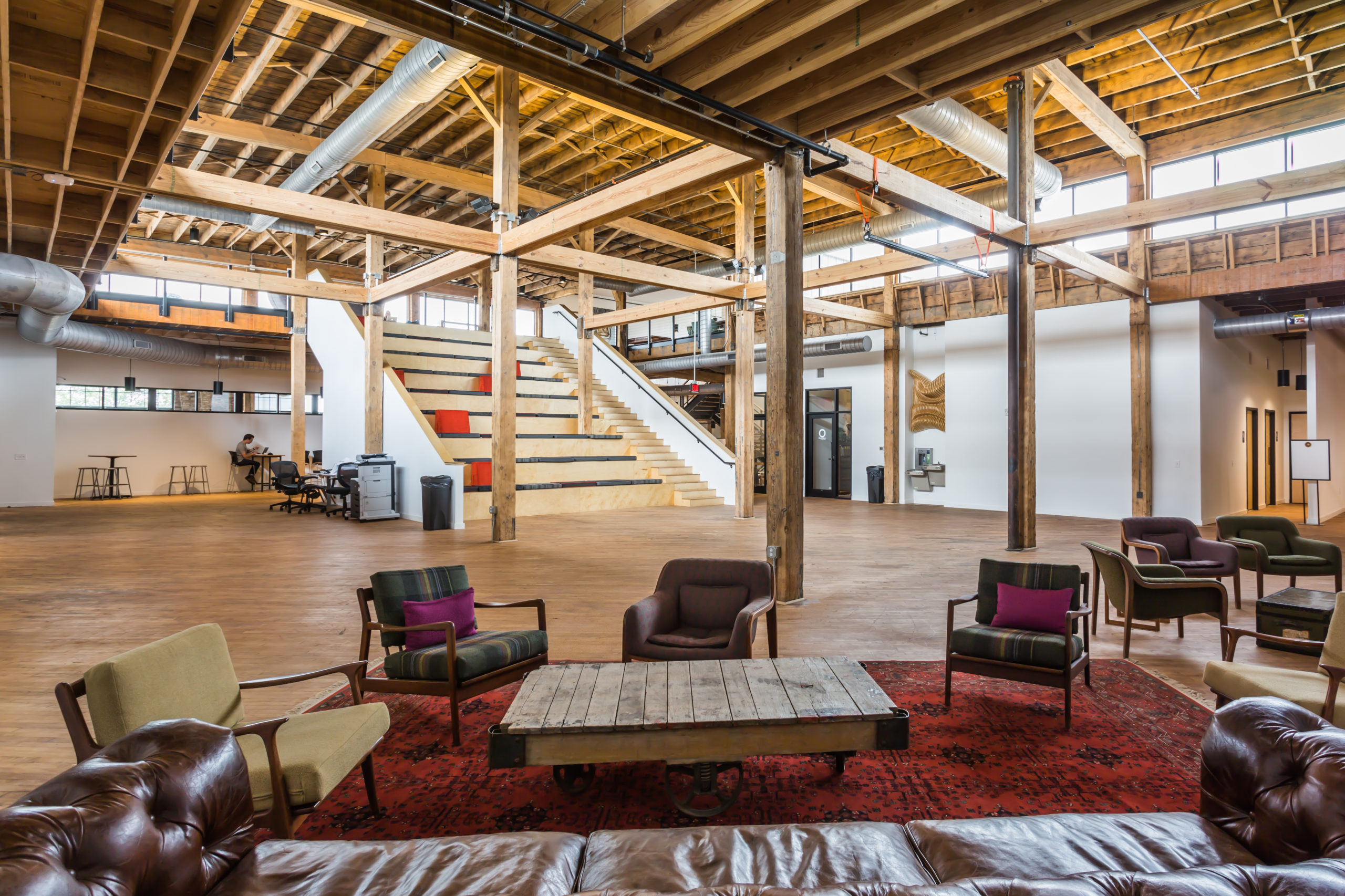
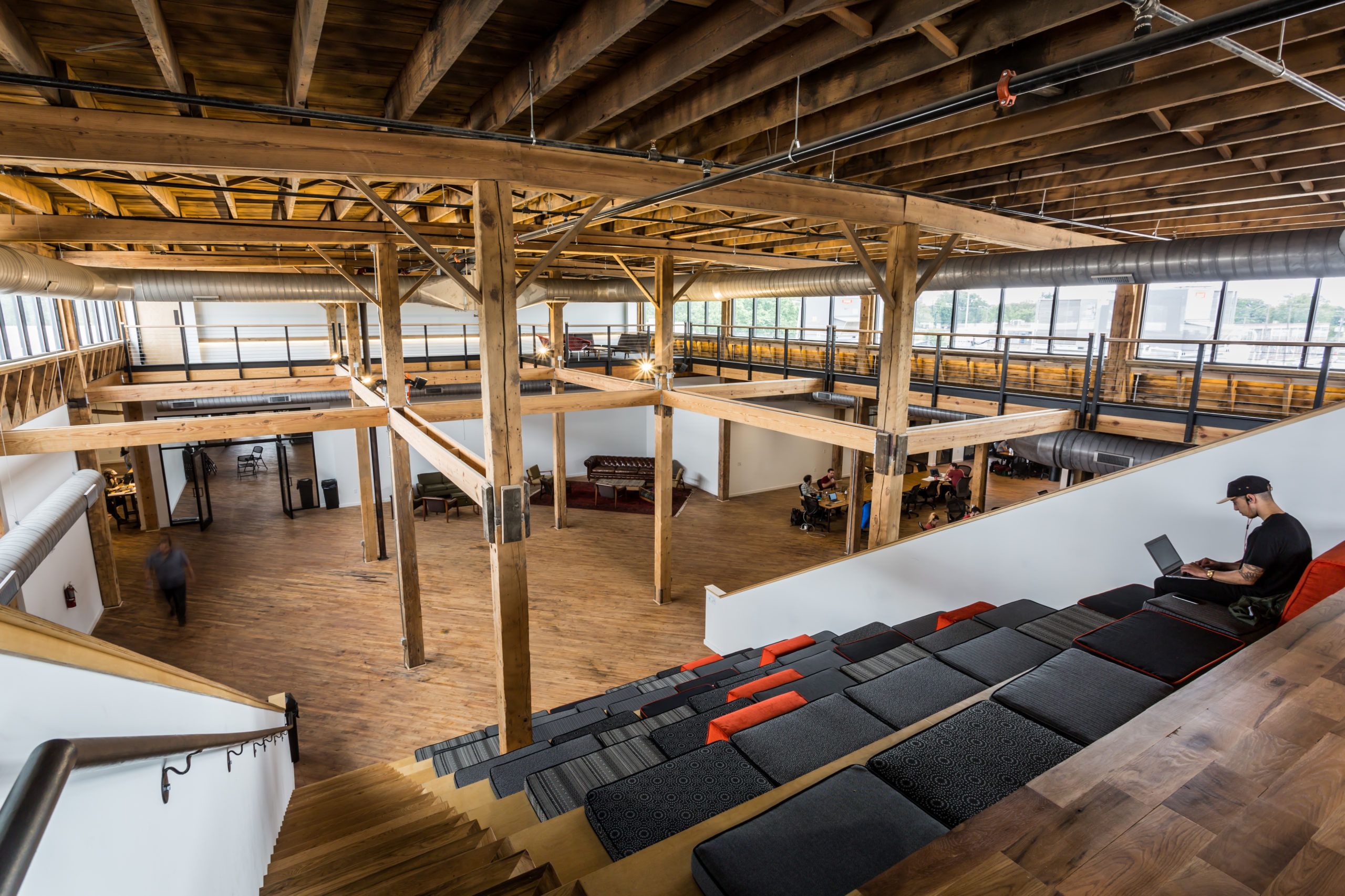
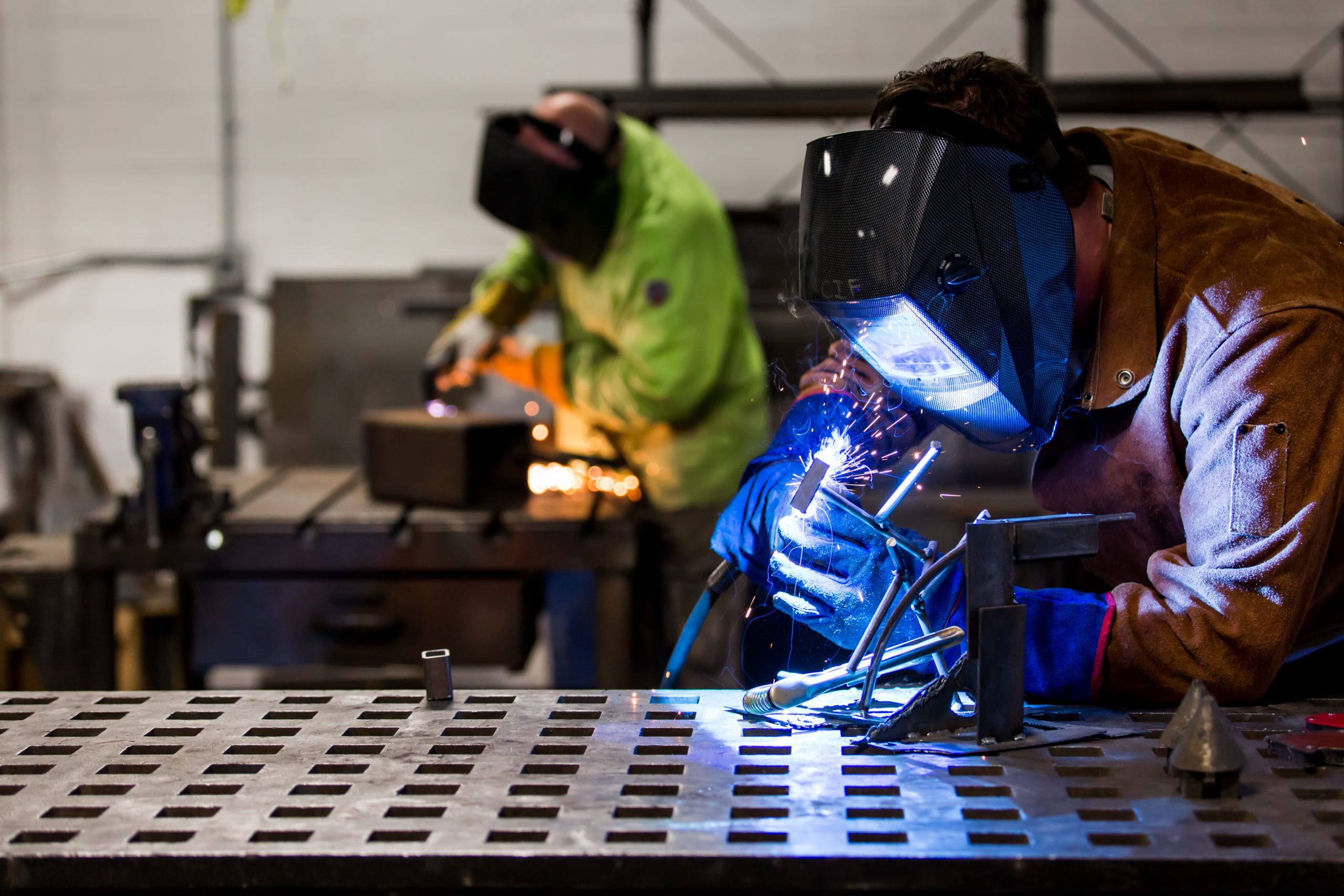
The building now housing the Idea Foundry was once a shoe factory and later the maintenance shop for the famed AD Farrow motorcycle store. In partnership with the City of Columbus, the Franklinton Development Association developed the building into the home of the Idea Foundry, later turning it over to private investors who finished out the second floor of the building. Idea Foundry is more than a group of buildings uses, it’s a culture and group of people-centered around innovation, low-tech and high-tech making, learning, and entrepreneurship. The neighborhood of Franklinton has a rich history of being the first settlement in what became Columbus, then an industrial center in the region attracting manufacturing businesses and relocated workers from Appalachian Ohio, and then an emerging community of artists and creatives. Idea Foundry’s mix of uses includes welding and blacksmithing to 3D printing and laser cutting, to classrooms and conference space, to co-working and office space celebrates the rich history of the building while positioning it in the evolving ecosystem of the neighborhood.
17 N. Sandusky, Delaware, OH
From grocery to food hall.

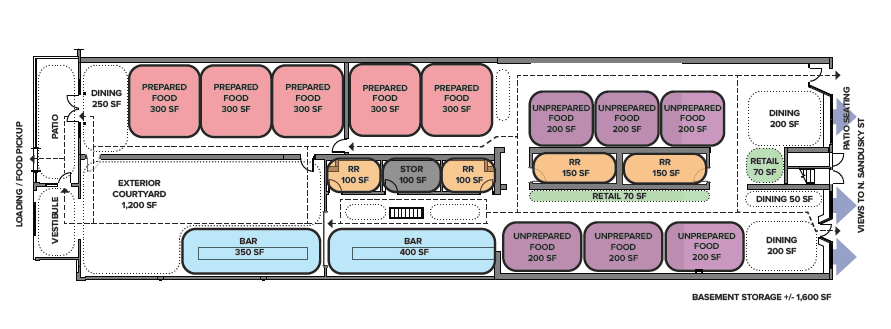
The upper levels of the structure located at 17 N. Sandusky St. in downtown Delaware was the gathering space, Templar Hall, where famed abolitionist Frederick Douglas spoke. The street level was the community grocery store. The project is under renovation, and final uses are being developed, but the initial vision is to have offices/conference space on the upper floors where the lectures took place and a food hall on the lower level when the community grocery store was located. New life, reminiscent of the history of the building, is being planned.
Re-discovering, Re-envisioning, & Building a Unique Place to Secure the Future of Your Community.
One hundred years ago was the last time a pandemic of the scale of COVID-19 hit the United States. There were many similarities between that pandemic and the pandemic today. Face masks were used. The closing of schools and churches was highly debated. Also, like the current pandemic, the 1918 influenza pandemic created many innovations that were pushed forward out of necessity to handle changed conditions. One such innovation was the increased use of the automobile. Before the 1918 pandemic, automobiles were mostly owned by early adopters and the wealthy. However, they proved to be effective for utilitarian use in World War II. Couple with the testing of the technology in the battlegrounds of the war with fear of public transportation and the need to transport patients in a way, the automobile took steps to become commonplace during the 1918 pandemic.
Ironically, the automobile would prove to be the catalyst of deurbanization, the proliferation of the suburb, and the destruction of historic Black neighborhoods, due to the creation of the highway system. Developers and governments became a place for cars, rather than pedestrians. Fast forward to the 2010s and much work has been done to preserve historic architecture and neighborhoods. However, developers, planners, and designers over the last decade have espoused the notion of placemaking. All too often the notion has been used to impose something new into an existing place without paying attention to the place that already exists and without engaging the stakeholders of that community. New thinking advocates for an approach that looks to the past for inspiration, engages the community of today to leverage their hopes and dreams, and re-envisions new and updated uses for buildings rich with history and character; place discovery, and place re-envisioning, not placemaking. A century after the 1918 pandemic, we use new technology to undo the unintended harm done by technology developed at the time to advance the nation and the world.
Written by Zach Price and Brent Foley
*This blog is a reprint of an article from the Heritage Ohio’s magazine, Revitalize Ohio!

